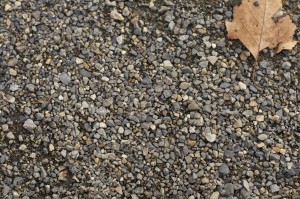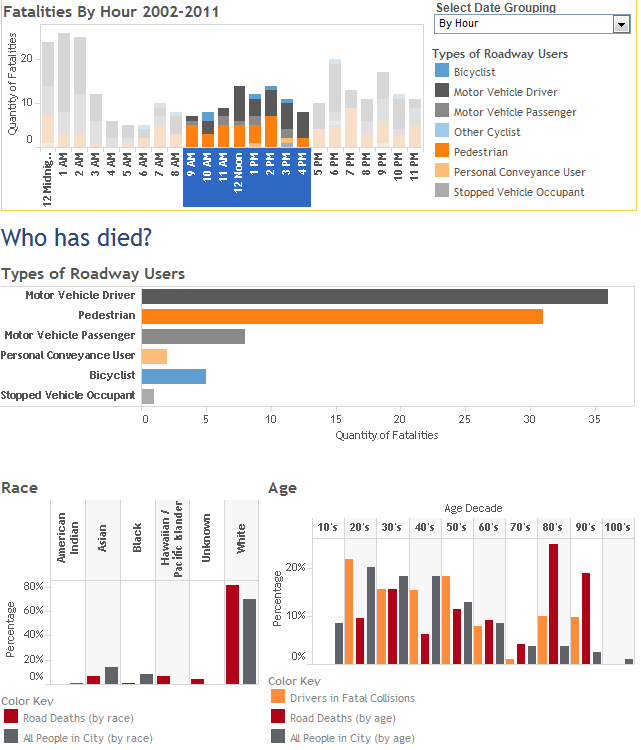This is a guest post by Ray Lumpp.
 When traversing the lush and rugged urban jungle of Seattle, it is not uncommon to meet a person experiencing homelessness. Many of the locals are very used to their presence, and often know the person’s name or story, but because Seattle is a city of transplants, not everyone knows how to interact with these stigmatized and misunderstood people.
When traversing the lush and rugged urban jungle of Seattle, it is not uncommon to meet a person experiencing homelessness. Many of the locals are very used to their presence, and often know the person’s name or story, but because Seattle is a city of transplants, not everyone knows how to interact with these stigmatized and misunderstood people.
If you encounter a homeless person in the street, please do not ignore them. He or she is a human being who deserves dignity and your averted glance will only make him or her feel worthless. Something as small as eye contact or a nod is all it takes. Put yourself in their shoes: those selling Real Change especially are often among the “poorest of the poor,” but at least they are working to change their situation.
If someone asks for money, consider taking them to Starbucks and buying them a sandwich or a coffee (or a gift card). While giving them cash is a personal choice, it may only allow them to continue being homeless rather than seeking a positive path out of the streets. If you have nothing to give, say something nice to brighten their day (at the very least, a simple “Sorry” will do).
Seattle has a longstanding reputation for having a large homeless population, with historically high rates of homelessness compared with its general population (8th highest in the U.S. in 2011). Some believe this is due to being the western “end of the line” for the railroads and I-90, but the truth is that Seattle supports its homeless population quite well through various foodbanks and hygiene centers, as well as temporary shelter or transitional housing.
Vital statistics (from Seattle’s Homeless Needs Assessment in 2009):
- 70% of people experiencing homelessness in Seattle have been living without shelter for over 1 year; 23% have been living without shelter for over 6 years.
- Nearly two thirds were living in Seattle (and 19% elsewhere in Washington) when they became homeless.
- 60% report health conditions requiring professional care (60%)
- 36% were hospitalized in the past year,
- 35% reported mental health treatment in the past year, and
- 31% were taking medications.
If you’d like to do more for people experiencing homelessness, donate clean clothes (especially shoes), books, toys, diapers, shampoo, toothpaste, toothbrushes, blankets, or old cell phones to local shelters. Volunteer at a local shelter or homeless advocacy coalition, or make a financial contribution to support their work. Shelters and feeding programs are almost always not-for-profit and run by community members looking to give back: now is your chance.
Ray Lumpp is a writer for AllTreatment.com, a website devoted to helping individuals and families facing addiction and mental health issues in Washington State.











